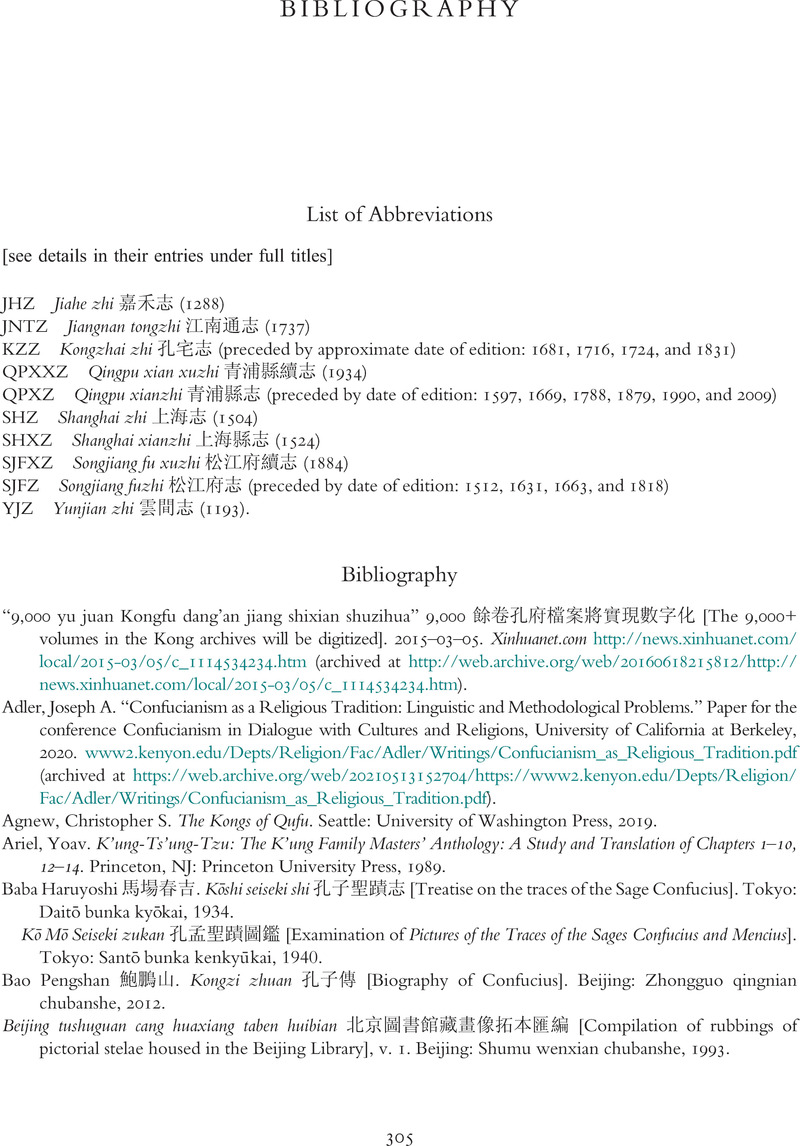Shilin guangji 事林廣記 [Extensive records of the forest of matters]. Attr. Chen Yuanjing 陳元靚 (13th c., S. Song), comp. Rpt.
Beijing:
Zhonghua shuju,
1999. Other editions cited: Jian’an 建安 (Fujian): Chunzhuang shuyuan 春莊書院, 1330–1333, in
Xuxiu Siku quanshu 續修四庫全書, v. 1218 (Shanghai: Shanghai guji chubanshe, 1995); Mr. Zheng’s 鄭氏 Jicheng tang 積誠堂 recut edition, 1340, Peking University Library, facsimile in
Zhonghua zaizao shanben, Jin Yuan bian, Zi bu 中華再造善本, 金元編,子部 v. 144 (Beijing: Beijing tushuguan chubanshe, 2005); and Zhong Jingqing’s 鍾景清 expanded edition (Fujian: Liu Tingbin 劉廷賓, 1478), National Central Library, Taipei, Rare Book 07898 (Harvard–Yenching Library microfilm FC1895).
Google Scholar 



